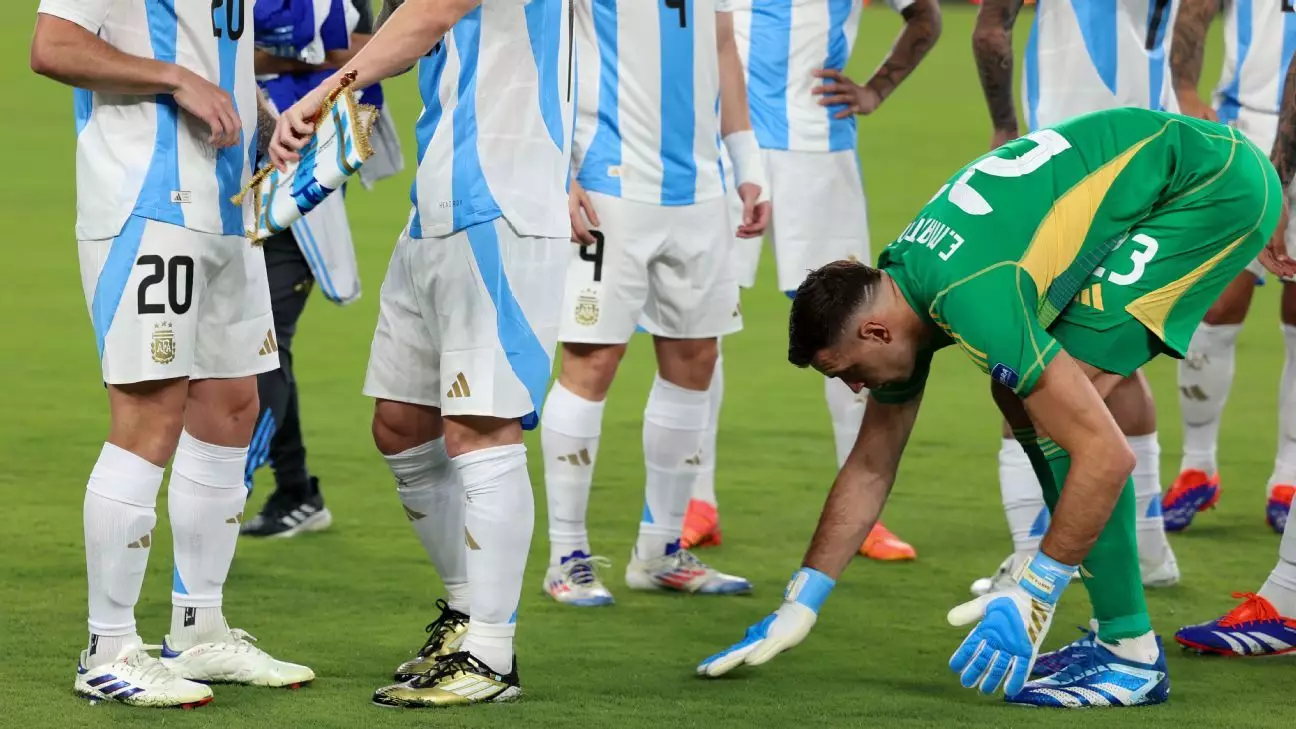The upcoming 2026 World Cup is set to take place in North America, spanning over 16 cities in three countries. With an expansion of the field by 50%, FIFA has partnered with turf experts at the University of Tennessee and Michigan State University to ensure that the playing surfaces are optimal for the tournament.
As the World Cup approaches, the focus on the playing surfaces has intensified. The recent Copa América faced criticism for its shaky surfaces, which led to concerns about the quality of the fields for the upcoming tournament. Argentina and Aston Villa goalkeeper, Emiliano “Dibu” Martínez, described the grass field used in the Copa América as a “disaster,” highlighting the importance of having top-notch playing surfaces.
Ensuring high-quality playing surfaces for the World Cup in 2026 comes with its own set of challenges. With games being played in diverse climates and elevations, the turf experts are considering various varieties of surfaces to address these issues. Climate change is also a factor that needs to be taken into account, requiring innovative solutions to maintain the quality of the fields.
To meet the demands of FIFA and ensure that the playing surfaces are up to standard, the turf experts at the University of Tennessee and Michigan State University have been conducting extensive research and preparation. By developing new grass varieties that improve heat, drought, disease, and wear tolerance, they are working towards creating the perfect pitch for every venue.
The collaboration between the University of Tennessee and Michigan State University has proved to be invaluable in preparing for the World Cup. With world-leading turf professors leading the way, the expertise and experience of both institutions have been instrumental in ensuring that the playing surfaces meet the highest standards. By leveraging their knowledge and resources, they have been able to tackle the challenges posed by hosting the World Cup in multiple locations.
As the World Cup draws closer, the goal is to create playing surfaces that will not be a topic of discussion during the tournament. By combining research, innovation, and expertise, the turf experts aim to provide a seamless and top-quality experience for the players and fans alike. With a focus on performance, safety, and durability, the playing surfaces for the 2026 World Cup are set to be a testament to the dedication and hard work put into ensuring a successful tournament.

